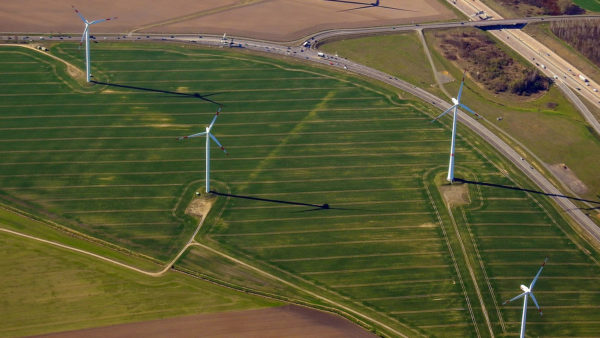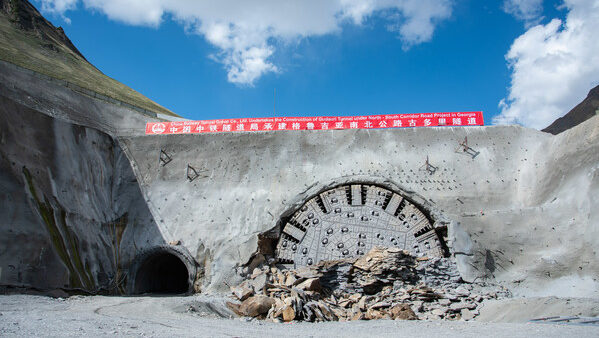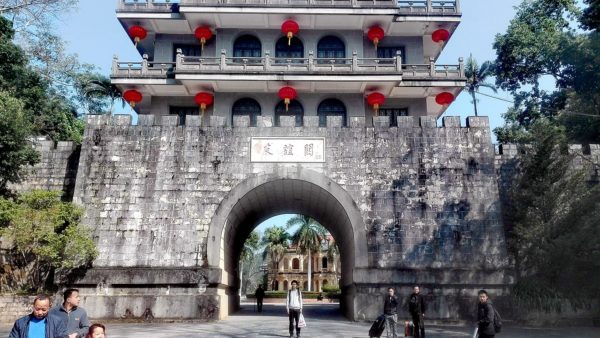China’s railway administration has asked the government to approve a $584bn five-year construction programme, according sources close to the discussions, who were reported in Bloomberg today.
The National Railway Administration estimates that this budget would be sufficient to build 30,000km of track, which compares with the $550bn that the government spent on new rail track in the 2011-15 five-year plan.
According to Caixin Media, the strategic goal is to create a high-speed link between all cities with a population greater than 200,000. This will involve manufacturing 44 bullet trains and building 5,000km of high-speed lines.
Priority will be given to the economic hubs of Beijing, Tianjin and neighboring Hebei Province; the Yangtze River Delta; and the Pearl River Delta.
Six lines will be built in the relatively undeveloped central and western regions of the country. According to Caixin, the government wants to build a 90,000km network in those regions by the end of 2020.
The arguments in favour of continuing the pace of rail construction include the need to maintain demand in the internal economy, and the fact that in some respects China’s rail network is small relative to its population and land area–
Another $120bn will be spent on research, new train carriages and equipping all trains with air conditioning.
Bloomberg’s sources said that the proposed budget would be questioned by the government as the Chinese rail system has a debt load of more than $600bn.
Further spending is likely to involve administrative reform to streamline the Chinese rail system, both to improve the efficiency of the domestic sector and to enhance the industry’s ability to compete in an increasingly cut-throat international market.
Last May, the country’s two main train-makers, the CNR and CSR Corporations, merged to create CRRC, which is more than twice as large as its nearest competitor.
The arguments in favour of continuing the pace of rail construction include the need to maintain demand in the internal economy, and the fact that in some respects China’s rail network is small relative to its population and land area.
China’s 121,000km network, almost half of which is electrified, is the second only to the US, which has 225,000km. But although China’s rail system moves 2.6 billion tonnes of freight a year, more than twice as much as America’s, rail still accounts for less than a third of total freight miles.
Compared with other very large countries, rail has a relatively low share of freight transportation: in terms of tonne kilometres per capita China’s railways move about a fifth as much freight as the US, Canada and Russia.
Image: A high-speed rail line in Wuhan (Wikimedia Commons)










